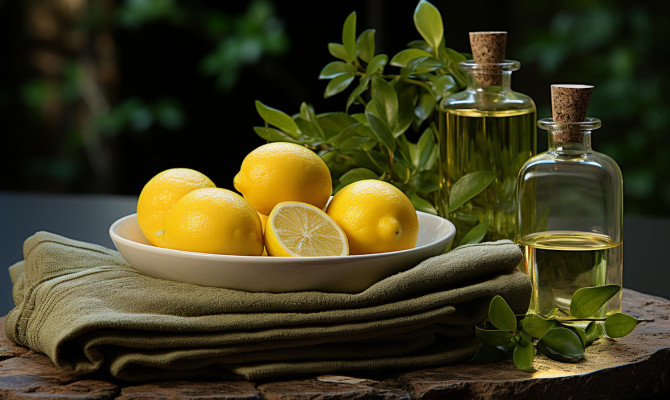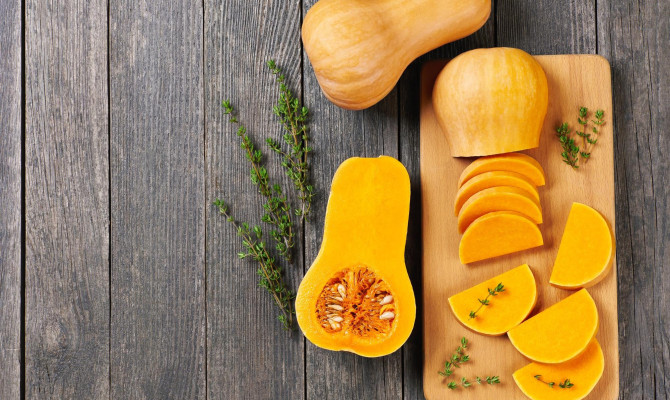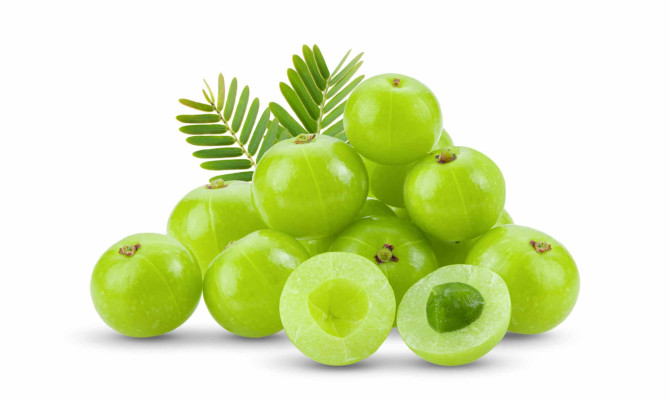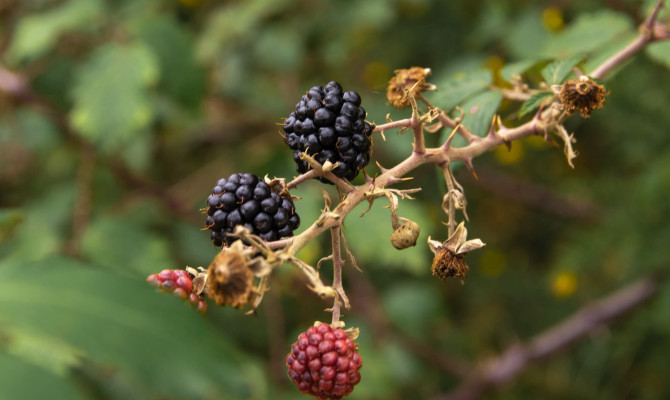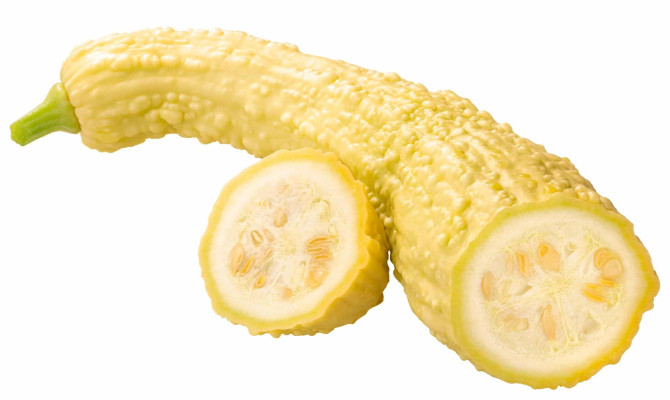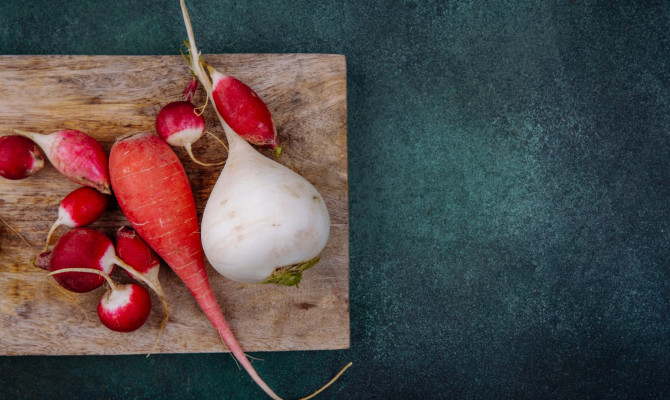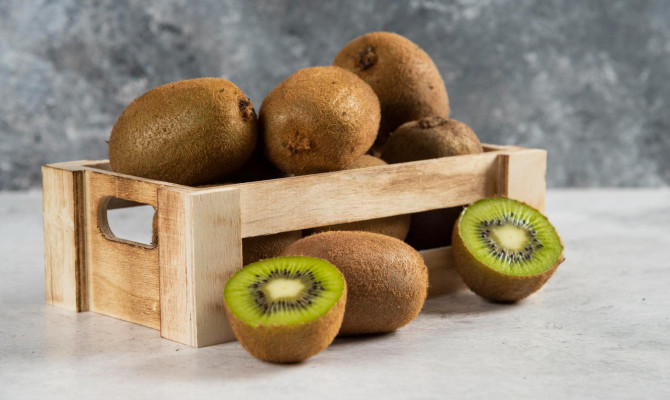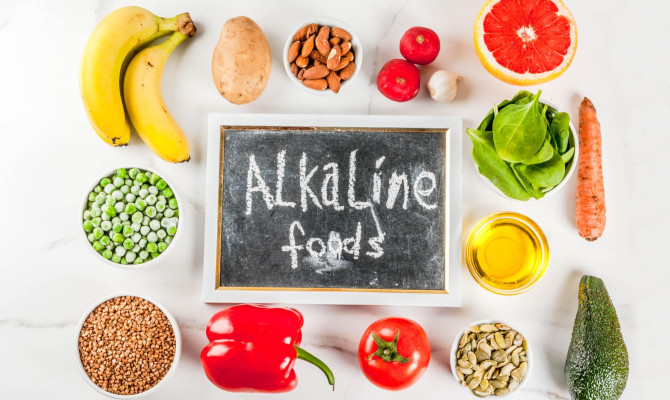Nutrition and Health benefits of Lettuce

- Lettuce
- 25 Aug 2023
Introduction
What is Lettuce?
- Lettuce is an annual leafy vegetable from the Asteraceae family. People cultivate Lettuce for its leaves, but some are also grown for its seeds and stem.
- There are four types of Lettuce with different sizes and shapes, and all have the same botanical name, viz; Lactuta sativa.
- The four types are Roman Lettuce, Leaf lettuce, Head lettuce, and Celtuce lettuce.
- Roman Lettuce is brittle Lettuce, also called cos lettuce. The leaves are elongated and tapered towards the basal part with a thick rib that has tart liquid.
- Leaf lettuce has broad dark colored or red-colored leaves joined to a stem
- Head lettuce has leaves folded into a compressed round head similar to cabbage. The standard type of head lettuce sold in food stores are butterhead and iceberg lettuce.
- Celtuce lettuce has leaves joined to a large stem. Celtuce lettuce is also called stem lettuce or asparagus lettuce. It is mainly grown for its stalk and consumed in cooked or raw form. It is standard Lettuce in China.
- Many of the lettuce varieties are consumed fresh. It is a versatile vegetable that goes well with various dishes and has many health advantages.
The article will review Lettuce’s nutrition, potential health benefits, risks, precautions, and tips to include in the diet.
Here are some quick facts about Lettuce:
- Lettuce is indigenous to Egypt, but now it is cultivated worldwide.
- In 2021, China will lead in the global production of Lettuce.
- The highly consumed countries of Lettuce are Europe and the United States of America. 1Consumption of Lettuce | Researched based study from ScienceDirect
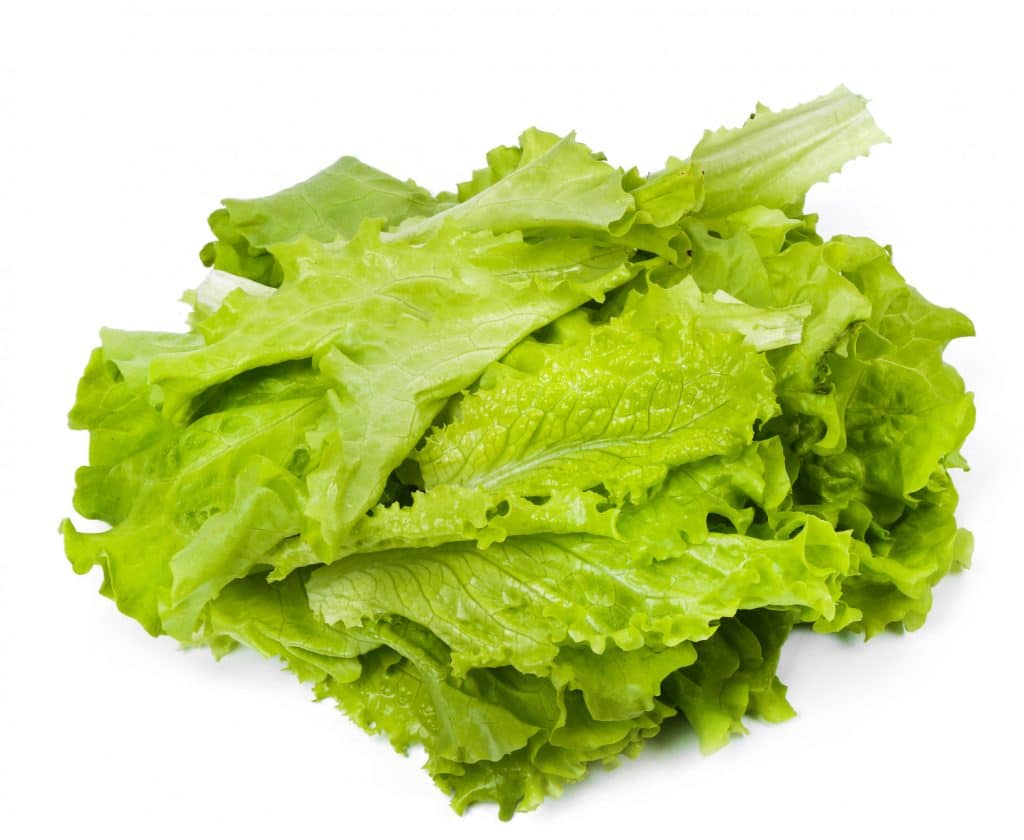
Nutrition
Nutrition in Lettuce:
70 grams of finely chopped Romaine lettuce consist of the following nutrition –
- Calories – 13.3
- Fiber – 2.2 gram (gm)
- Carbohydrate – 2.7 gm
- Protein – 1 gm
- Potassium – 229 mg (milligram)
- Calcium – 43.4 mg
- Phosphorus – 24.5 mg
- Magnesium – 14 mg
- Vitamin A – 194 mcg (microgram)
- Vitamin K – 147 mcg
- Vitamin C – 8.1 mg
- Sodium – 17.5 mg
- Iron – 0.6 mg
- Folate – 90.3 mcg 2Nutrition | Researched based study from United States Department of Agriculture
Minerals and vitamins do the following works in our body
- Potassium – It maintains the electrolyte balance in the body and helps in muscle contraction
- Calcium – It helps keep strong bones and teeth and also assists in regulating the average heart rate
- Phosphorus-It helps in teeth and bone formation and aids in kidney filtration
- Magnesium – It supports the heartbeat and also holds the body’s immune response
- Vitamin A- It helps maintain our healthy vision and also helps the body combat infections
- Vitamin K – It helps in the body’s healing process and also keeps the mental and heart health
- Vitamin C – It helps in the body’s collagen production and maintains healthy skin, bones, and muscles
- Sodium – It helps in normal muscle and nerve functioning and also regulates the fluid balance of the body
- Iron – It helps carry oxygen from the lungs to various body parts and also helps in the body’s development
- Folate – assists the tissue work accurately and aids in red blood cell production. 2Nutrition | Researched based study from United States Department of Agriculture
Bioactive compounds in Lettuce
Carotenoids
- It is a natural pigment found in vegetables, plants, and fruits
- It has antioxidant properties and assists in detoxifying the body from free radicals
Glycosylated flavonoids
- It is the natural compound present in plants and vegetables, including Lettuce.
- It has antitumor, anti-inflammatory, and antioxidant properties
Lutein
- It is a natural pigment found in plants and leafy vegetables
- It maintains the eye vision and also has anti-inflammatory properties. 3lutein | Researched based study from ScienceDirect
Benefits
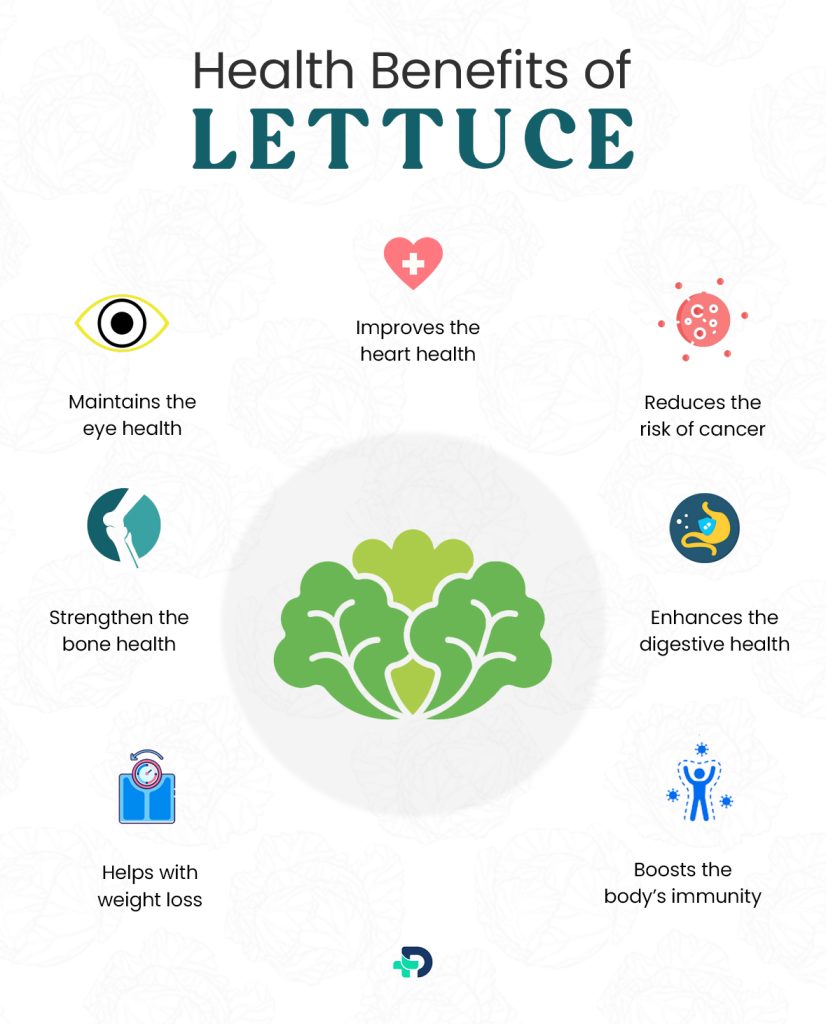
Health benefits of Lettuce
Lettuce has the following health benefits-
- Improves the heart health
- Maintains the eye health
- Reduces the risk of cancer
- Strengthen the bone health
- Helps with weight loss
- Enhances the digestive health
- Boosts the body’s immunity
Improves the heart health
- Antioxidants in Lettuce lower the body’s total cholesterol and prevent fat deposition in the arteries.
- Folate in Lettuce lowers the homocysteine levels in the body, which is responsible for heart diseases. 4Health benefits | Researched based study from National Institutes of Health
Maintains the eye health
- Nutrients in Lettuce maintain the vision
- It prevents the risk of cataracts and age-related macular degeneration (eye disease). 5Eye health | Researched based study from National Institutes of Health
Reduces the risk of cancer
- Folate and antioxidants in Lettuce prevent the chance of abnormal cell growth.
- It decreases the risk of liver and colon cancer. 6Risk of cancer | Researched based study from National Institutes of Health
Strengthen the bone health
- Nutrients in Lettuce prevent the bone mineral loss
- It lowers the chance of fractures and osteoporosis. 7Bone health | Researched based study from National Institutes of Health
Helps with weight loss
- Nutrients in Lettuce improve satiation and reduce hunger
- It decreases calorie intake in succeeding meals and decreases the body mass. 8Weight loss | Researched based study from National Institutes of Health
Enhances the digestive health
- Nutrients in Lettuce increase the bulks of the stool and decrease the risk of constipation. 9 Digestive health | Researched based study from National Institutes of Health
Boosts the body’s immunity
- Nutrients in Lettuce help the body in fighting harmful microorganisms
- It decreases the duration of flu and common cold. 10Immunity | Researched based study from National Institutes of Health
Side Effects
Side effects of Lettuce
Lettuce is usually safe for most people when devoured in food amounts.
However, some might encounter the following adverse effects of consuming excess Lettuce.
- Excess sweating
- Lightheadedness
- Sensitivity to light
- Pupil dilation of the eyes
- Heart issues
- Shortness of breath
- Sleepiness
- False perception of things (Hallucination)
- Increased pulse rate (due to a plant chemical called tropane alkaloid)
- Stomach cancer (due to high nitrite content) 11Side effects | Researched based study from National Institutes of Health
Risks
Risks of Lettuce:
Lettuce has a healthy profile that one can include in the diet. But certain people expressed concern about green Lettuce because of the following risk.
Bacterial infection
- Inappropriate agricultural methods might enhance the risk of bacterial contamination viz; Escherichia coli (E. coli) and Salmonella. In one 2018 study of the E. coli outbreak, researchers found that the episode was due to contaminated seepage water from nearby animal farms or from watering romaine lettuce plants with unclean water.
Heavy metals
- In a 2013 study, researchers found that romaine lettuce can absorb heavy metals from the ground.
- Hence one who eats Lettuce can get heavy metals viz; lead, mercury, and cadmium in the body, posing severe health hazards.
- So, one must always prefer to eat the home cultivated Lettuce to avoid the risk. 12Heavy metals | Researched based study from Food and Drug Administration
Precautions
Precautions of Lettuce:
- There is insufficient research on the use of Lettuce in nursing mothers and pregnant women. So, nursing mothers and pregnant ladies must stick to food amounts to avoid the possible side effects.
- Older adults must avoid consuming Lettuce in considerable amounts to avert the complication. 1Precautions | Researched based study from ScienceDirect
Choosing & Storing
Buying, Selection and Storage of Lettuce:
- One can buy Lettuce from grocery stores, supermarkets, or farmer’s markets throughout the year, but it is best in season, between spring and autumn.
- While buying Romaine Lettuce, look for solid, bright colors and blemish-free leaves.
- Always buy Lettuce with its roots attached to keep them fresh for an extended period.
- Always prefer to buy organic Lettuce, as non–organically grown Lettuce can easily absorb the chemical pesticides sprayed on them.
- Organic farming utilizes biological pest control and fertilizers to grow crops, unlike non-organic fertilizers that use chemical pesticides.
- Avoid washing lettuce unless ready to eat as the washing of the Lettuce can turn leaves to brown.
- One can store Roman Lettuce in the refrigerator for around one week.
- One can also cover the roots with moist paper and keep them in a plastic bag in the refrigerator to keep them fresh and hydrated for prolonged periods. 13Choosing and storing | Researched based study from National Institutes of Health
Preparation
Preparation of Lettuce
- Before using Lettuce, separate each leaf and wash thoroughly under running water to avoid bacterial contamination.
- Also, soak the leaves and gently remove any dirt from the leave’s surface.
- Dry with a paper towel before going for further chopping and using it in preferred recipes of your choice
Lettuce in the Diet
Tips to include Lettuce in the diet:
- Cut the Lettuce leaves into tiny pieces and add them to your favorite salad.
- Add freshly chopped Lettuce to baked tofu or roasted chicken, sprinkle salt, pepper, olive oil, and lemon juice, and have it as a nutritious side dish.
- Add chopped Lettuce to stir-fry dishes to enhance the nutrition.
- One can also add roman Lettuce to their favorite vegetable burger and enjoy it at any time of the day.
- One can add one’s preferred stuffing in a leaf of roman Lettuce, then roll and eat it as a mid-day snack.
Takeaways
Key Takeaways
- Lettuce is a nutritious leafy green vegetable with several health benefits
- It is low in calories and contains many minerals and vitamins.
- Roman Lettuce, a variety of Lettuce, has contamination concerns. So always prefer to buy organic Lettuce and wash it thoroughly and carefully before preparing it to reduce the contamination risk.
Any feedback on this article?
 This Articles content was accurate
This Articles content was accurate Very Informative Article
Very Informative Article I have a question or a comment
I have a question or a comment
 This article contains inaccurate content
This article contains inaccurate content This article was not helpful
This article was not helpful I have a question or a comment
I have a question or a comment
We appreciate your helpful feedback!
Checkout our social pages
References
-
ScienceDirect
Consumption of Lettuce | Precautions
-
United States Department of Agriculture
Nutrition
-
ScienceDirect
Lutein
-
National Institutes of Health
Health benefits
-
National Institutes of Health
Eye health
-
National Institutes of Health
Risk of cancer
-
National Institutes of Health
Bone health
-
National Institutes of Health
Weight loss
-
National Institutes of Health
Digestive health
-
National Institutes of Health
Immunity
-
National Institutes of Health
Side effects
-
Food and Drug Administration
Heavy metals
-
National Institutes of Health
Choosing and Storing












